Upcomming / Current Exhibition
Upcomming / Current Exhibition
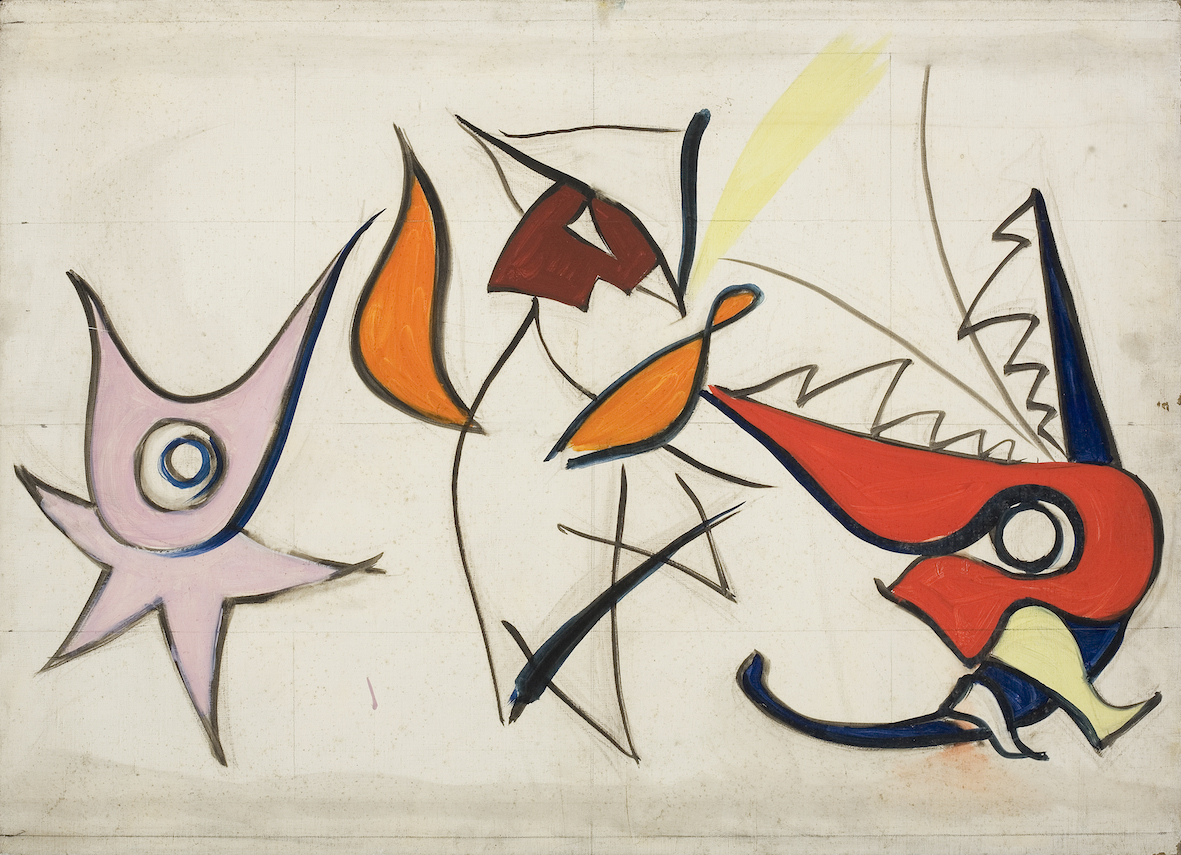

Taro’s Dance
In 1952 Taro Okamoto created a tile mosaic entitled, ‘Dance.’ Unlike unique works of art, like oil paintings, it is possible to create numerous copies of mosaics and furthermore, these can be displayed outdoors. This allows art to become more accessible to society, that is what he thought. They represent the true the embodiment of Taro Okamoto’s philosophy of art.
Past Exhibition

Confronting Eyes
Taro Okamoto started his career as a ‘western-style’ painter, but the subjects of his paintingsdiffered greatly from those commonly used by other western-style artists. This is because he did not use any of the usual western-style genres, such as landscapes, portraits, still-lifes or nudes.
explore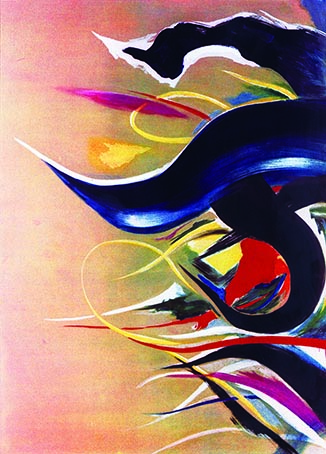
Taro Okamoto’s Prints
This is how Taro Okamoto thought about art and he employed every possible channel to try and bring art into the lives of the people. His range of expression included a huge range of genres, from the Tower of the Sun to tiepins. One of the characteristics of his work was that he engaged positively with mass production to create large numbers of works, such as: tables, chairs, clocks, lighters, bags, carp streamers, skis, cups, ties, scarfs, playing cards, etc. His pièce de résistance was a ‘face glass’ that came free with a bottle of whiskey. Those around him were very against him producing this, saying it would harm his career, but he overrode their objections and was happy to create this kind of giveaway product.
explore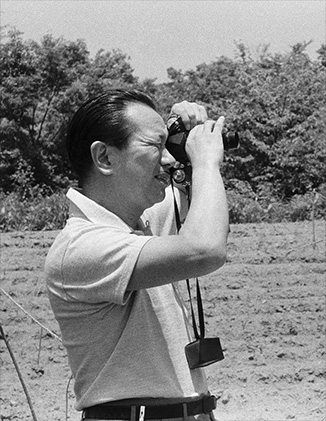
The Original Image of Japan
Taro Okamoto was a person who continually asked the question, ‘What is Japan?’ Having decided to leave Paris and return home to fight for Japan, Taro had a fateful encounter one day in November 1951.
explore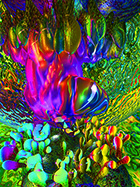
Life in Five Hundred Million Years’ Time — Yōichirō Kawaguchi: beyond AI
‘Let’s imagine what it will be like five hundred million years into the future, a time when humankind may no longer exist.’ So says Yōichirō Kawaguchi, a pioneer computer graphics artist who has been active on the world stage since the seventies. This is not simply a fancy.
explore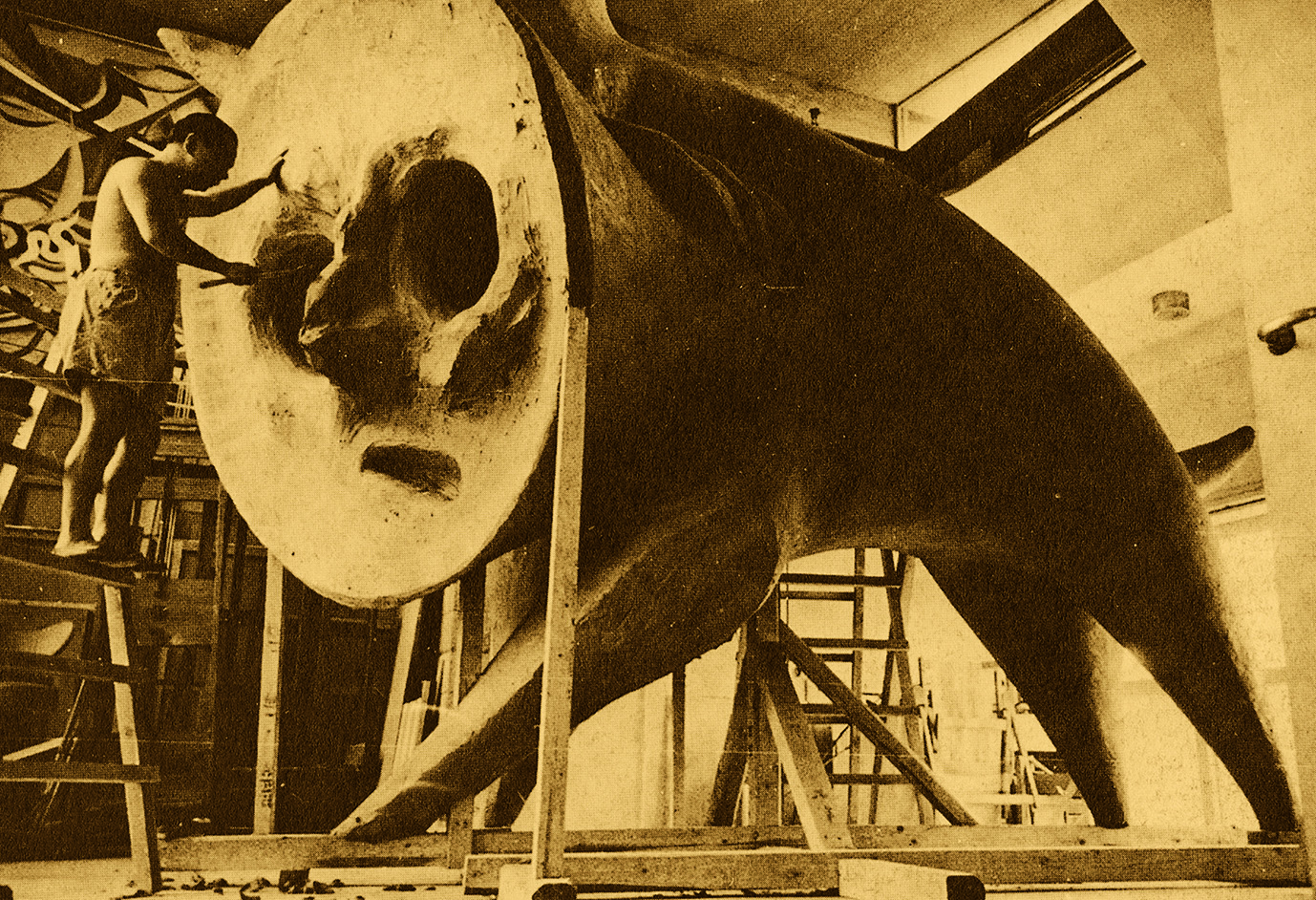
Art of the Sun—Taro Okamoto’s Public Art—
Art is like the sun. The sun provides limitless light and heat.
Even if you have been sunbathing, the sun doesn’t put out its hand and say, ‘Hey, that was lovely and warm, how about giving me some money?’ does it? Art is like the sun. That is what Tarō Okamoto thought.
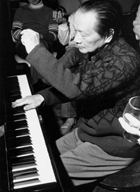
Living Moment by Moment —Tarō Okamoto and Jazz—
‘In my life I ignore the past and I ignore the future. I live in the present, exploding, moment by moment.’
Neither clinging to the past nor presuming upon the future.
This was the way that Tarō Okamoto lived.
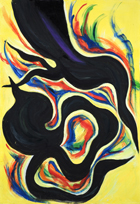
The Road to the Tower of the Sun
In March 2018, the Tower of the Sun was finally reborn. After half a century of neglect the interior has been restored and reincarnated as a permanent exhibition facility.
explore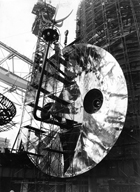
Tower of the Sun 1967–2018 —What did Tarō Okamoto Question—
In March 2018 the Tower of the Sun will finally be reborn. Taking advantage of the opportunity presented by seismic retrofitting work on the tower, the long-neglected interior has been renovated and transformed into a permanent exhibition space.
explore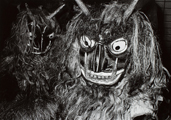
Tarō Okamoto’s Tōhoku
In 1957, five years after he discovered Jōmon culture, Tarō Okamoto set out on a trip in search of the true essence of Japanese culture and the first place he visited was the Tōhoku region, where he encountered ‘primeval Japan’.
Tōhoku was a poor region, cut off from the rest of the country in the winter, but there he discovered a ‘spirit of magic’ in dialog with an invisible power, still existed.

